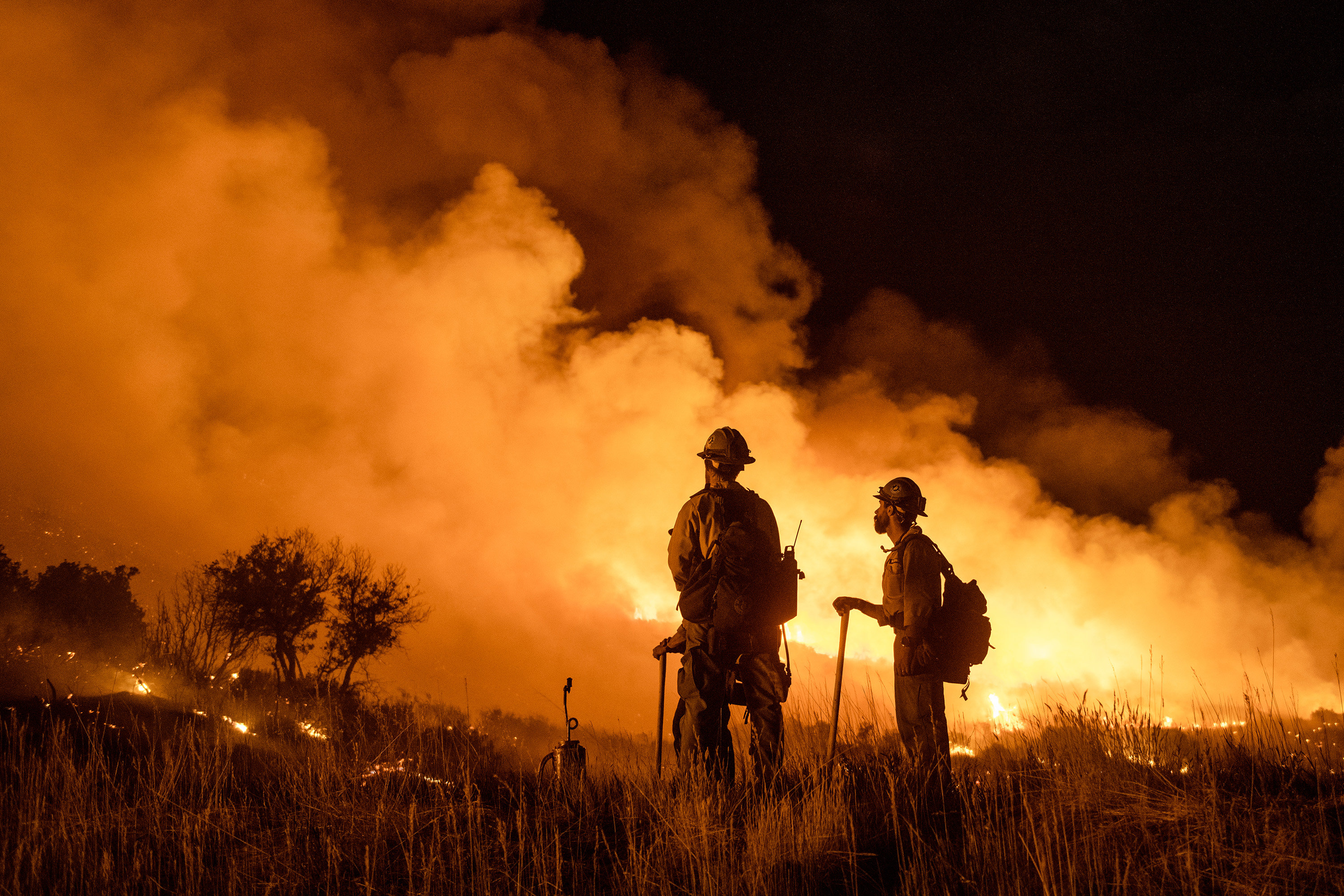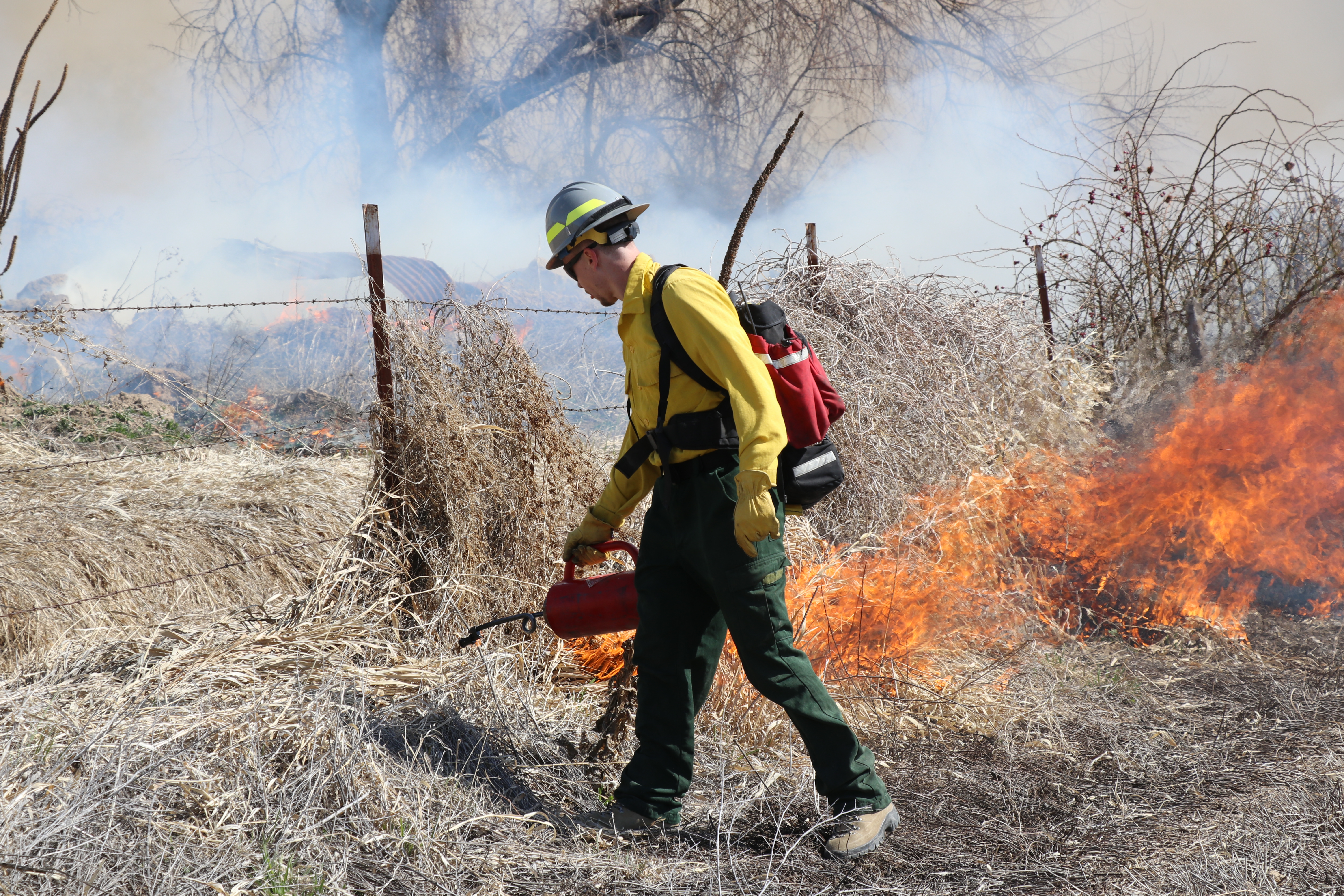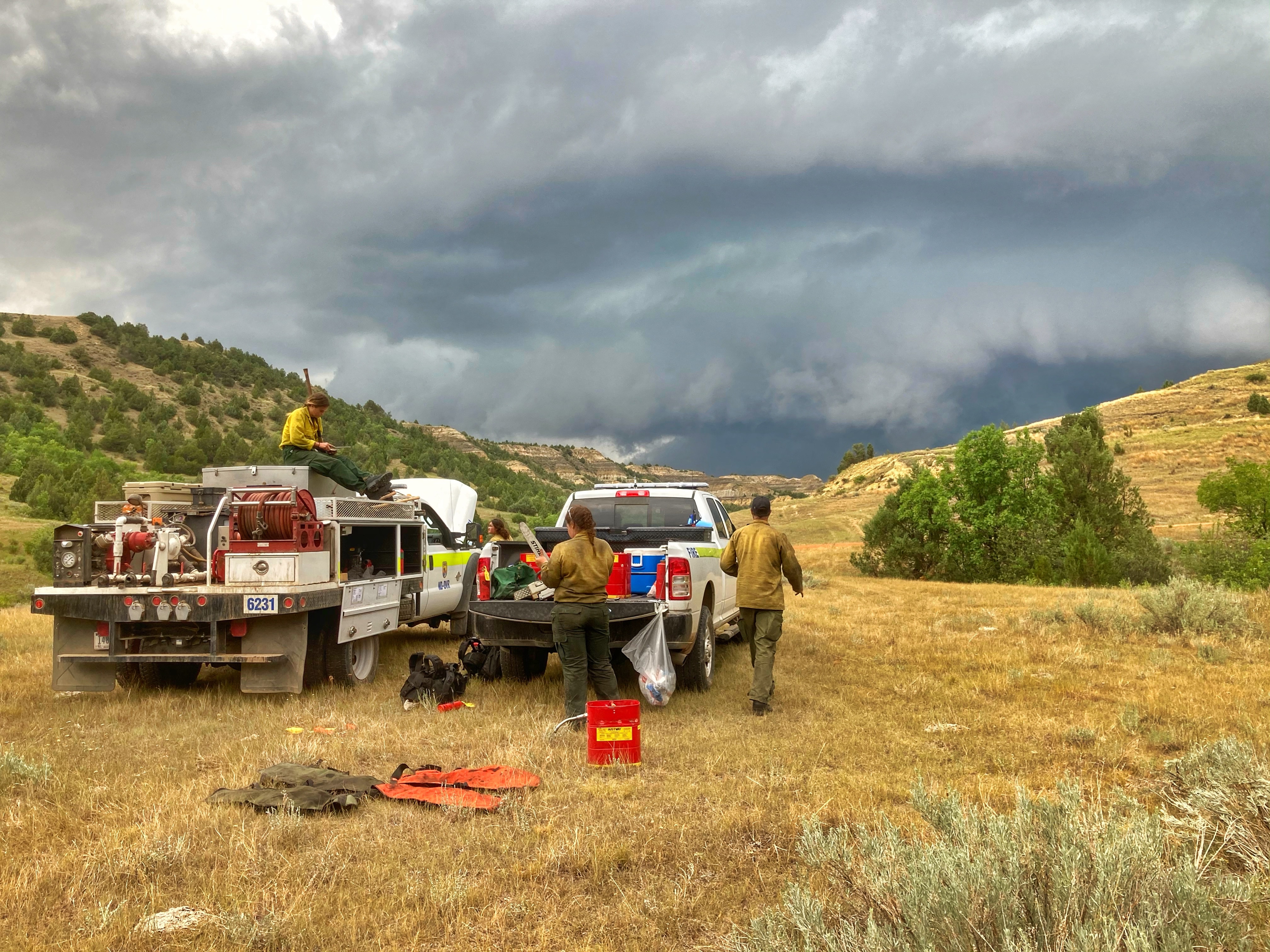Life in the Pacific Northwest has a lot to offer. From mountains and lakes to rivers, biking paths, and access to both snow and ocean, Northwest states like Idaho, Oregon, and Washington are known for diverse landscapes, lush forests, rugged mountains, and picturesque coastlines. A varied climate, influenced by the Pacific Ocean, the Northwest region normally experiences mild, wet winters and warm, dry summers. In more recent years, however, climate change has brought about significant shifts and challenges to the region – including effects on wildfires.
Factors of Climate Change Contributing to Wildfires
According to the USDA, “climate and wildfire have been strongly related in the past, and changes in climate will affect future fire frequency and severity. Climate change will result in longer wildfire seasons, increased wildfire frequency, size, and total area burned, and possibly increased wildfire severity.”
The USDA lists several climate-related factors contributing to wildfire patterns in the Northwest, including:

Northwest Wildfires – Is Climate Change Responsible?
A change in precipitation patterns may be one of the most notable impacts of climate change in the Northwest. While the region has historically relied on a consistent winter snowpack, warmer temperatures are causing more precipitation to fall as rain instead of snow. This leads to reduced snowpack levels and earlier snowmelt, impacting water availability in the summer months.
Rising temperatures are also affecting the region's ecosystems and natural resources. Warmer and drier conditions increase the risk of wildfires, which have become more frequent and severe in recent years. These wildfires pose threats to communities, wildlife habitats, and air quality. Additionally, the warming climate has implications for the region's forests, altering the distribution and composition of tree species, impacting biodiversity and potentially leading to increased forest pests and diseases.
Forests in the Northwest are also showing to be drier for longer periods of time, making easy work of fires sparking and spreading. Trees and forests can be majorly affected by the effects of climate change and wild fires, with decreasing tree densities and less growth of specific species of trees known to be more fire-intolerant than others.
While climate change may not be solely responsible for wildfires in the Northwest, the changing conditions associated with warmer and drier conditions make it possible for wildfires to occur more frequently and with more intensity than ever before.

Strategies To Help Fight Wildland Fires
In the 2020 wildfire season in Oregon, wildfires burned as much forest in two weeks as had burned in the previous 50 years in the area, according to the USDA. This event was considered extreme and caused extensive damage in fire-effected areas and its communities. In response to these challenges, communities, governments, and organizations in the Northwest are taking steps to mitigate and adapt to climate change. Efforts include implementing renewable energy projects, promoting sustainable land and water management practices, and developing strategies to reduce greenhouse gas emissions.
Forest management organizations or fire fighting agencies can adapt strategies to help forests become more resilient against wildfires, and may help decrease wildfire intensity. According to the Climate Change Adaptation Library for the Western United States, management response organizations can incorporate climate change adaptation actions to help reduce negative effects of climate change, including:
- Integrate climate change into fire planning and response
- Account for changes in recreation demand
- Increase flexibility and capacity for managing recreation resources to meet shifting demands
- Work across jurisdictions to for monitoring and restoration
- Make disaster preparedness plans and assess future needs for water
From fish to forest vegetation, recreational areas, cultural, and ecosystem services, these expert-provided adaptation strategies seek to serve a diversity of organizations – including wild fire firefighting agencies and organizations. Overall, the Northwest region's unique natural landscapes and diverse ecosystems face various challenges due to climate change. However, proactive measures and collaborative efforts can help minimize the impacts and build resilience in the face of a changing climate.

Preparing For Wildfire Season with NFFC
The National Fire Fighter Corporation strives to provide customers with the products they need to protect themselves, their communities, and their property from the devastating effects of fire. NFFC is a trusted source for quality, reliable firefighting gear to help effectively extinguish fires, stay protected, and minimize injury. With innovative designs, and high-quality, durable materials, NFFC wildland fire equipment and products help keep the brave men and women fighting fires safe when things get hot.